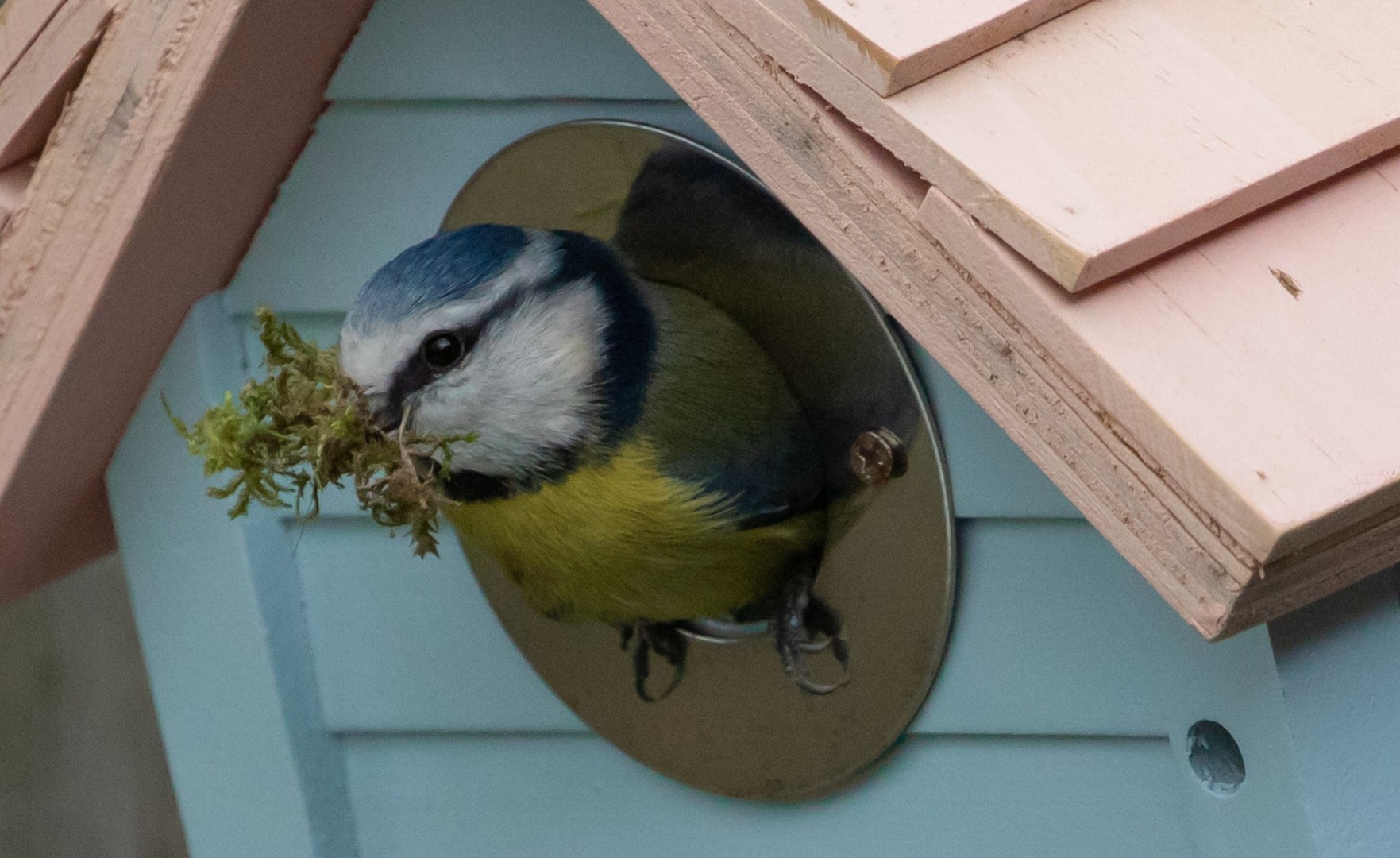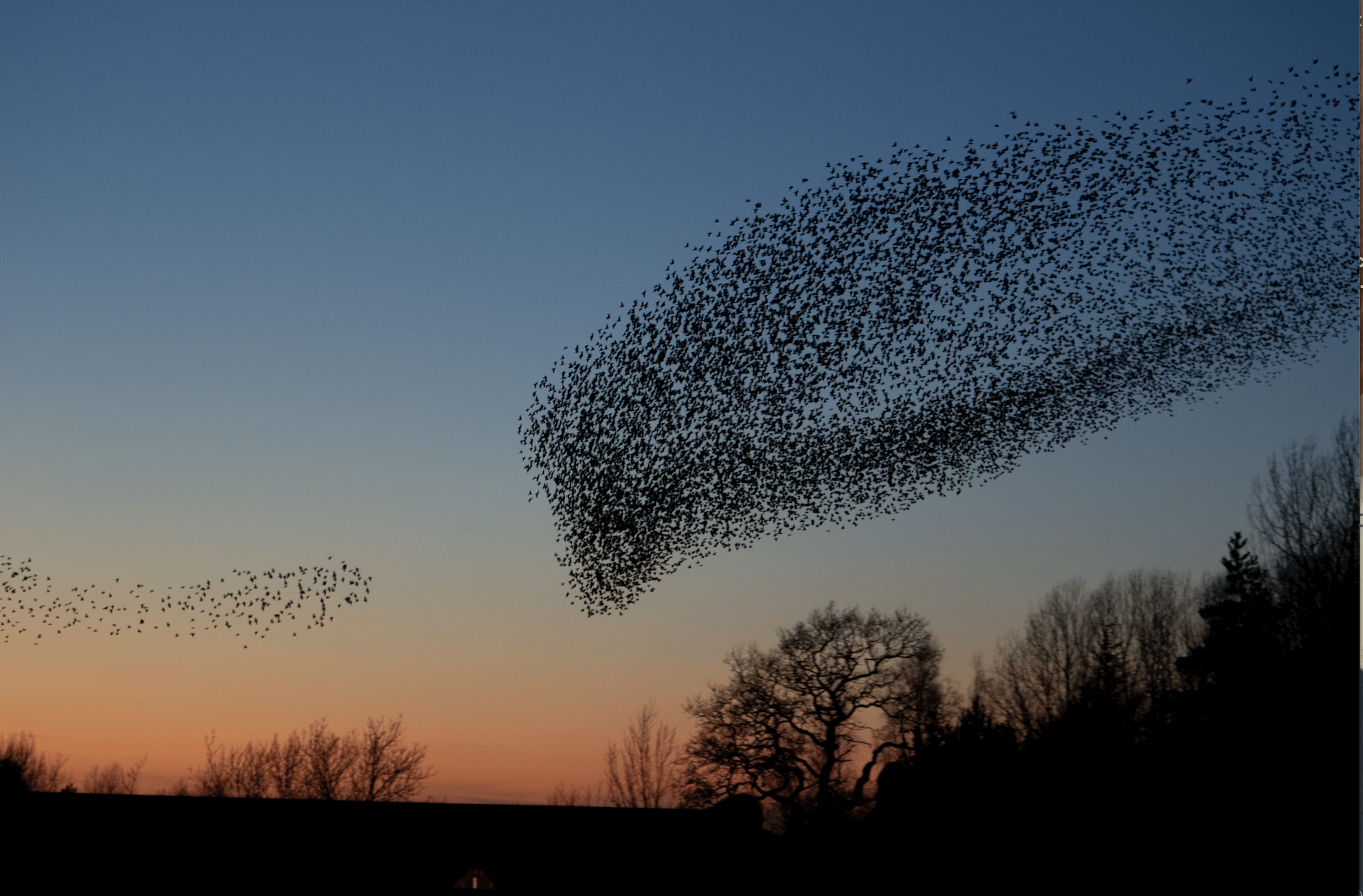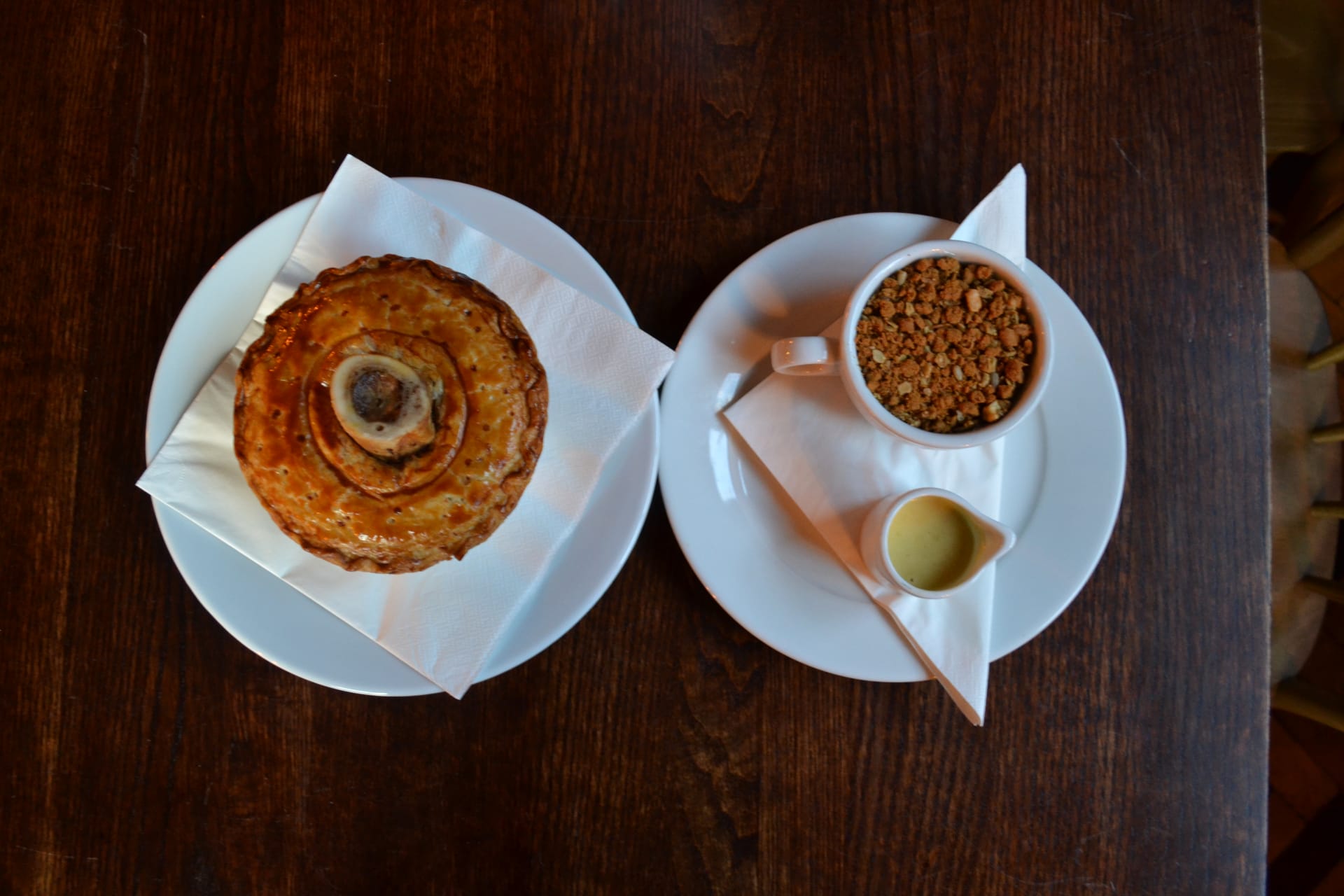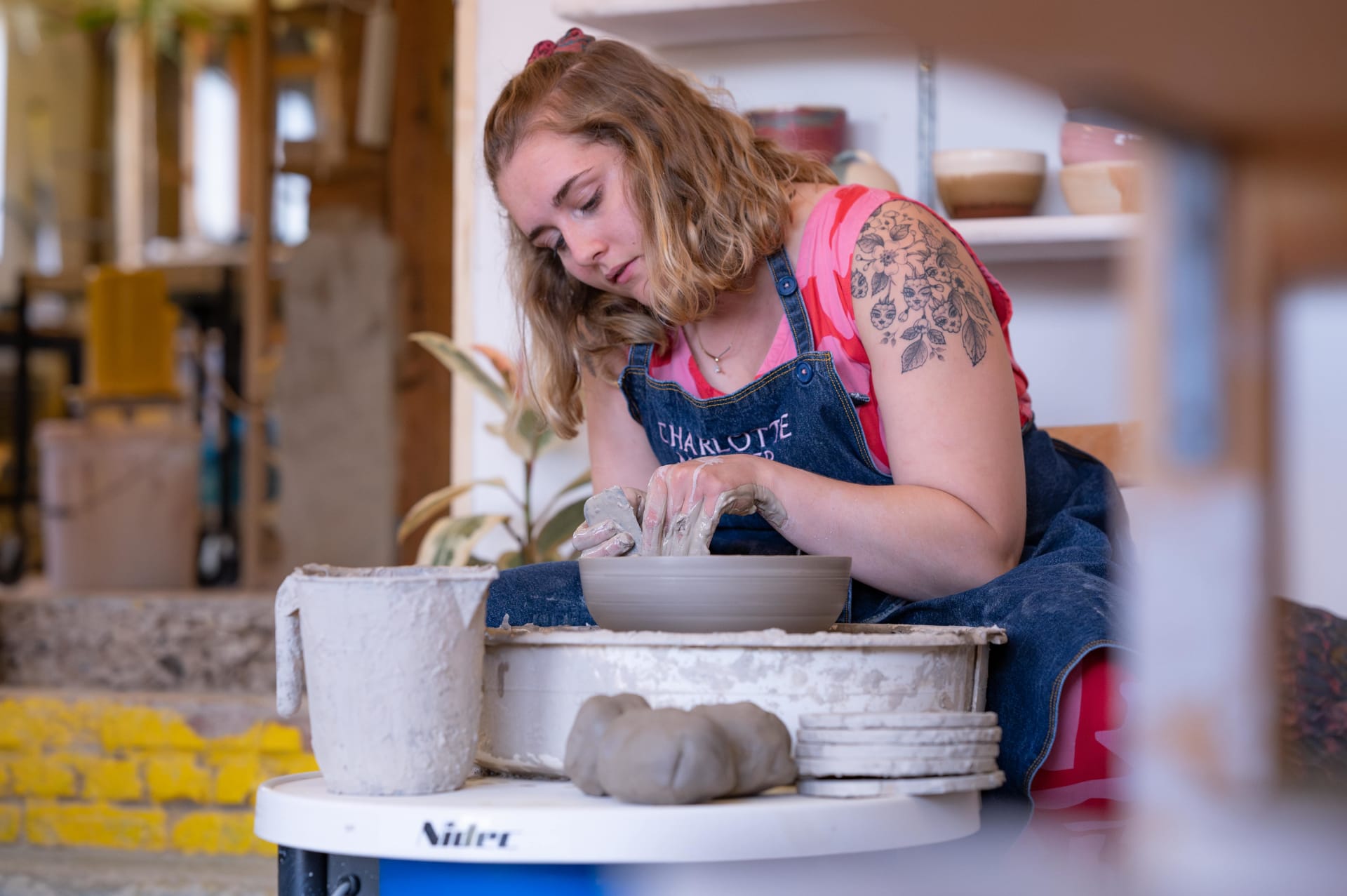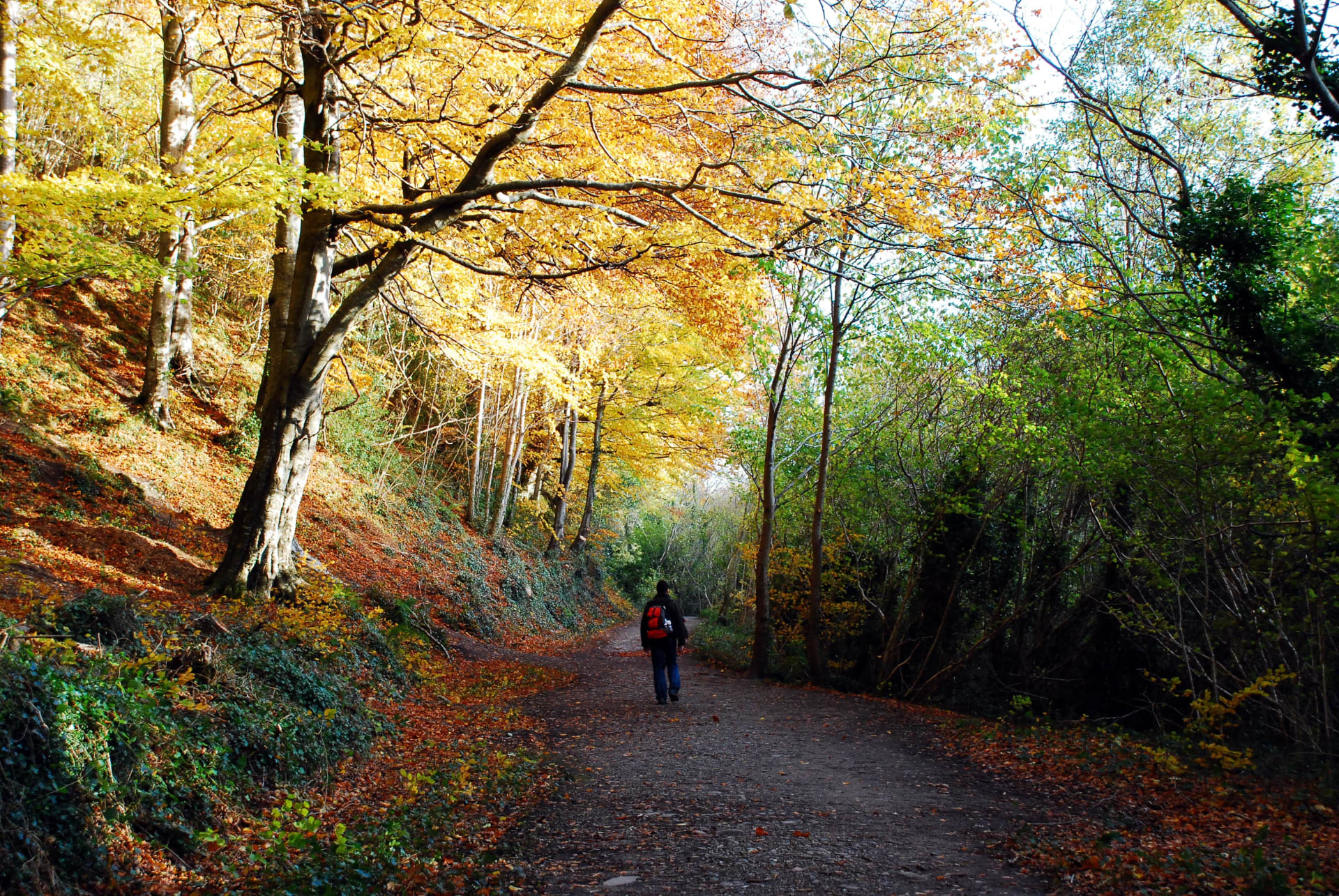National Nestbox Week takes place from February 14-21 and it is a fantastic reminder to give our garden birds a helping hand as they prepare for the breeding season. We’ve enlisted the help of the team at British Garden Centres who have put together a guide on how to choose a nest box to help garden birds thrive.
Introducing a nest box to your garden can significantly improve a bird's quality of life and is just as essential as a feeder or bird bath in your outdoor space. With the loss of trees, natural borders, and traditional nesting sites, it's more important than ever to support our feathered visitors.
Choosing your nestbox
Nestboxes generally fall into two categories: those with an entrance hole, which provides a degree of protection from predators, and open-fronted boxes.
Smaller birds like those in the tit family, nuthatches, redstarts, tree and house sparrows will be more attracted to boxes with holes. Choose a box with the appropriate hole size for the birds you want to attract. A 25-28mm hole is ideal for tits and tree sparrows, while a larger 45mm hole is better suited for larger birds like starlings, doves, jackdaws and blackbirds to make their home in.
Open-fronted boxes, on the other hand, are favoured by birds that prefer nesting in the undergrowth, like robins, wrens, wagtails and song thrushes.
Look for a nestbox which has been made from insulating material like wood to combat the unpredictable UK climate and one with walls at least 15mm thick. Choosing one which has drainage holes in the bottom and a sloped roof will help keep the box dry.
Where to place your nestbox
Bird boxes should be mounted high up in your garden or outdoor space, away from predators (like cats), ideally on walls, tree trunks, fences and pergola posts. Boxes with holes are best placed around 3m high in trees – ideally camouflaged by foliage. Open-fronted boxes can be positioned closer to head height on walls or fences.
Avoid direct sunlight, as the excessive heat can be detrimental to the birds and their young: hanging your nestbox so it faces either north or east will offer natural protection from the elements.
Remember to space out your boxes if you’re buying more than one. Clustering them together to closely can lead to territorial disputes, particularly during the nesting season.
Cleaning your nestbox
At the end of each nesting season it is crucial to clean out your nest box/es to prevent the spread of disease. October or November is the ideal time to give your nestbox a good clean and refresh.
Always wear rubber gloves, use boiling water for cleaning and dispose of your cleaning brush immediately afterwards. Old nesting materials can be composted and while you are cleaning your bird boxes inspect them for any damage so you can make necessary repairs or replacements.
For more information and to find your nearest British Garden Centre visit britishgardencentres.com

